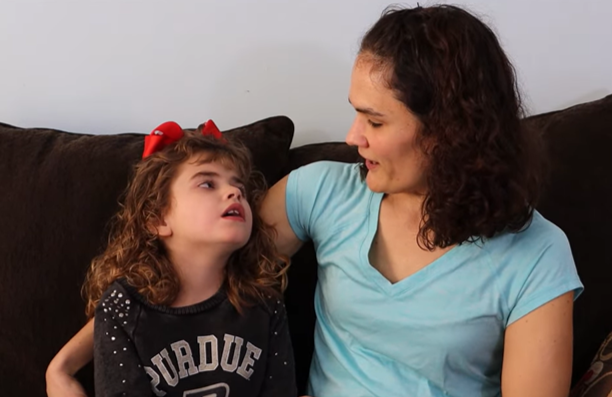
The Diagnostic Odyssey
The diagnostic odyssey is a term used throughout the genetics field to describe the often long, arduous, frustrating, and expensive process that many patients
experience along the road to obtaining a correct diagnosis. This can apply to children with numerous and complex medical and developmental challenges
as well as to adults facing declining health with no clear reason or explanation. The odyssey can take the form of patients being passed from specialist
to specialist, undergoing countless blood draws, and often invasive, unnecessary and expensive medical procedures.
For nearly 40 years, molecular genetic investigation has been based on the analysis of single genes, a process known as Sanger sequencing.
Those genes were sequenced in order to read every letter of the DNA code looking for mutations. This method has allowed researchers to identify the
genes responsible for numerous genetic conditions. However, this technology requires a great time commitment, the often difficult task of selecting
which genes to test, and a high price tag.
The advances in molecular technology are moving labs from analyzing one gene at a time to looking at large panels or even all of the approximately 20,000
genes at once. This testing, called ‘Next generation Sequencing’ or NGS, is providing more information, and often
an answer, to patients who may be suspected of having a genetic condition. NGS overcomes most of the hurdles of traditional single-gene testing, and
can lead to a finding that finally ends the diagnostic odyssey for many families.

What is NGS?
NGS testing can be generalized into three categories:
Targeted panels include the sequencing of select genes that share a common condition or phenotype. For example, GGC offers a targeted panel for hearing
loss that includes 91 genes. So, for a patient with hearing loss, the entire panel is analyzed at once, removing the guesswork of which gene to do
first, second…, and it is often more time and cost effective than Sanger sequencing. These are the most commonly requested tests currently in
our lab.
WES involves the sequencing and interpretation of the coding regions, or exons, of all of the approximately 20,000 genes. These exons, which are part of
genes, code for proteins made by the body, but actually only make up about 1% of the human genome (30 million of the 3 billion base pairs). This testing
is available clinically.
WGS is the sequencing of all of the DNA in the human genome (3 billion base pairs). This testing includes analyzing all sequences, including those that
do not code for proteins, but have other functions such as regulating genes. At this time, because of the massive amounts of data generated, and limitations
in interpreting what that data really means, most WGS is currently being done on a research basis.
WGS and WES offer what has been referred to as “non-hypothesis driven testing” as these options offer incredible opportunities to “find the genetic needle
in the haystack”. They also come with the challenge of detecting significantly more variants. Genetic variation exists among all individuals and a
great challenge with NGS is to understand and interpret what these variants mean, if anything, from a clinical perspective.

Where do we go from here?
Most in the field agree that WGS will ultimately become the gold-standard as NGS methods, particularly on the data management side, are continuously
improved.
Achieving a molecular diagnosis is no longer a question of “if”, but rather “when”. The field of clinical genetics and the patients we serve have gained
immeasurably from the use of NGS.
The most important reason to make a diagnosis reaches beyond the obvious benefit of providing an answer to a family. An accurate and precise diagnosis
is the critical first step in the process to manage, treat, and one day cure the disease. Regardless of the age of the patient and their clinical
course, all forms of genetic diseases should be considered treatable. For most genetic conditions, this notion is not yet realized, but the process
starts with an accurate molecular diagnosis which lays the foundation for future breakthroughs.
